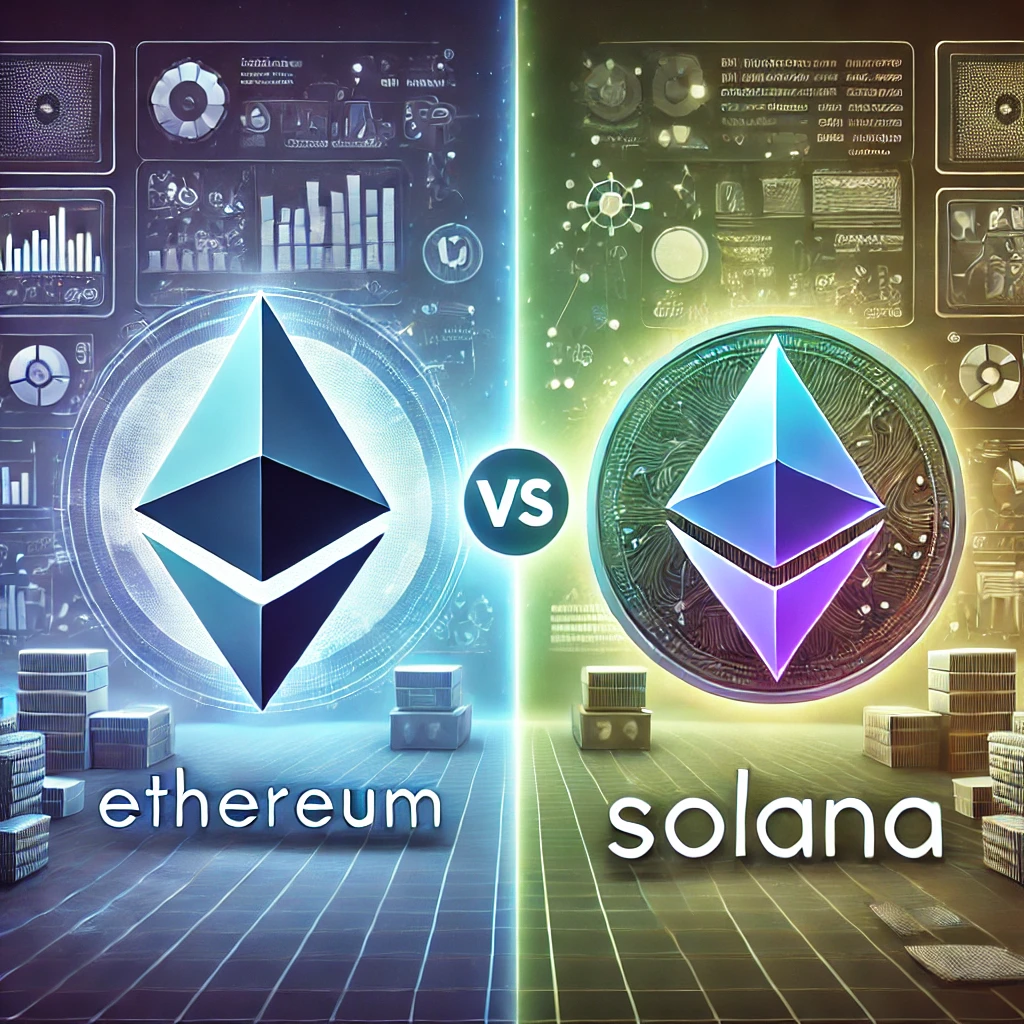
Renan Sousa, February 4, 2025 – Updated at 11:51 AM
The Ethereum (ETH) network just took a significant step towards enhancing its scalability by increasing its transaction capacity. This upgrade, implemented on the night of February 3, was approved after a majority of validators supported the change. By boosting the “gas limit,” Ethereum can now process more transactions, handle more complex operations, and improve the efficiency of gas fees within the blockchain.
What Is the Gas Limit and Why Does It Matter?
In blockchain networks like Ethereum, gas fees are crucial for rewarding validators who authenticate and confirm the transactions and blocks. The gas limit refers to the maximum number of computational operations (or “gas units”) that can be processed within a single block. Until recently, Ethereum had a cap of 32 million gas units per block. With this new upgrade, the gas limit has been increased to 36 million units.
This increase in capacity is more than just a technical improvement; it opens the door for the development of more advanced decentralized finance (DeFi) applications. The upgrade will not only allow Ethereum to handle more transactions but also support more complex operations, further solidifying its position as the leading platform for blockchain development.
Ethereum vs. Solana The Battle for Blockchain Supremacy
This upgrade comes at a crucial time as Solana (SOL), the fifth-largest cryptocurrency by market capitalization, continues to gain momentum. Solana is known for its high-speed transactions and low-cost fees, which have made it a formidable competitor to Ethereum, especially in the world of decentralized applications (dApps) and DeFi projects.
As Ethereum scales its capacity, the rivalry with Solana is heating up. Ethereum’s ability to process more transactions and handle more sophisticated operations may just give it the edge it needs to compete with Solana’s growing popularity in the blockchain space.
But the battle is not just about transaction speeds or fees—it’s about which platform can provide the most reliable, secure, and efficient solutions for developers and users alike.
What This Means for the Future of Blockchain
This upgrade to Ethereum’s network is just one example of how blockchain technology is rapidly evolving. As more users and developers flock to platforms like Ethereum and Solana, we can expect even more innovation and competition in the blockchain space. Ethereum’s move to increase its gas limit is a clear signal that it’s determined to stay at the forefront of this revolution, ensuring that it remains a key player in the blockchain ecosystem.
For users and investors, this upgrade presents an exciting opportunity. With the potential for faster transactions and more robust applications, Ethereum is poised to maintain its dominance in the blockchain industry—while also intensifying the competition with Solana.
- Ethereum’s recent upgrade increases its gas limit, allowing it to process more transactions and complex operations.
- The network’s increased capacity opens the door for more sophisticated decentralized finance (DeFi) applications.
- Ethereum’s competition with Solana is intensifying as both platforms work to improve scalability and performance.














